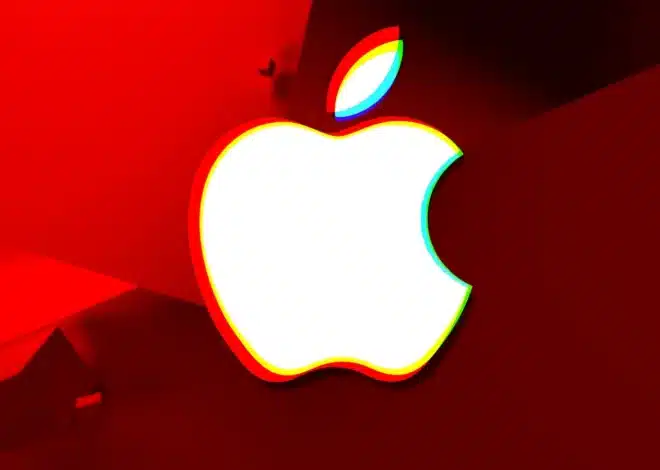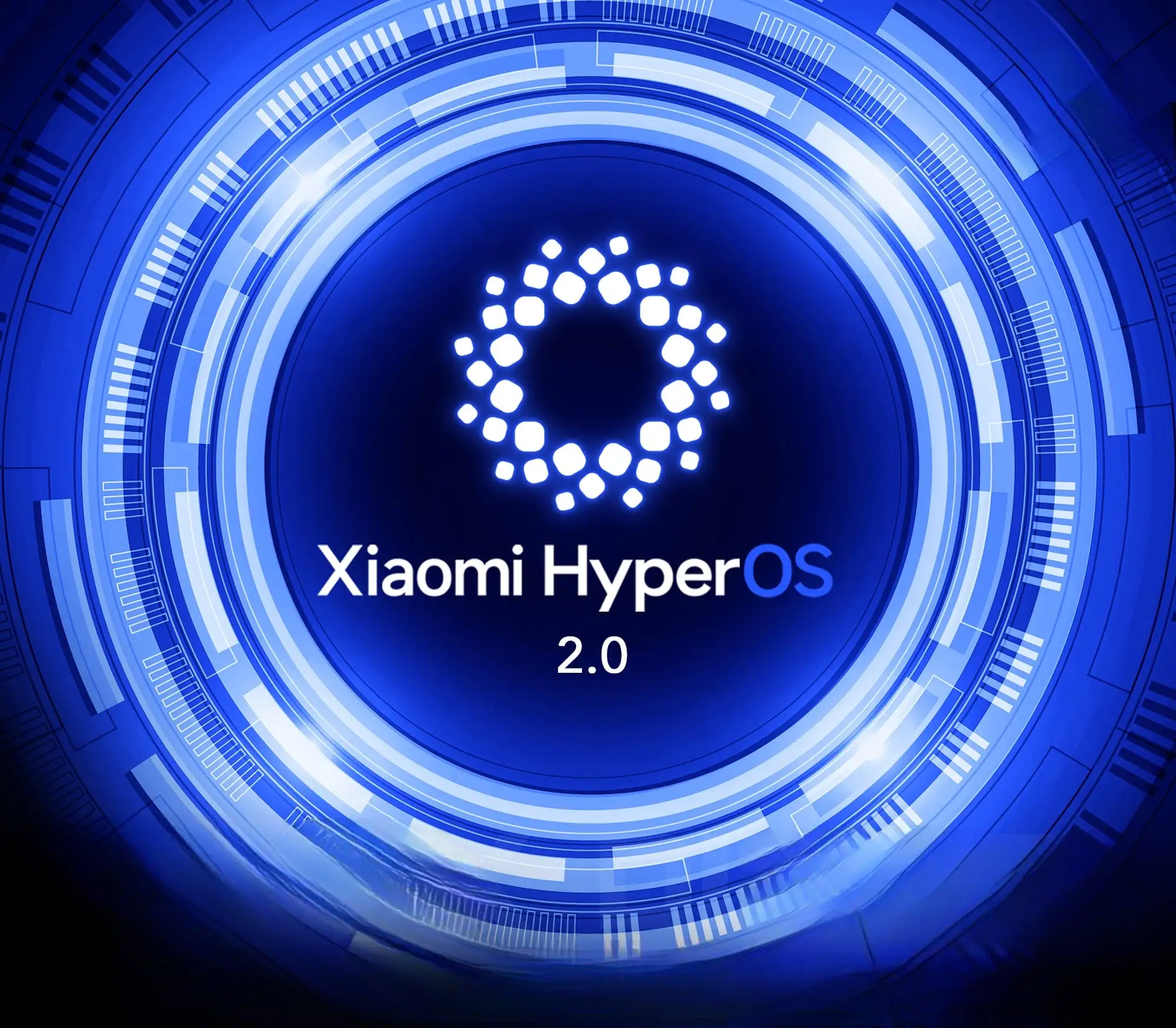
HyperOS 2.0 New Update Might Come to These Xiaomi Devices
Xiaomi is gearing up for the HyperOS 2.0 launch, with a potential release set for October. Xiaomi fans are eagerly waiting for this update, but every device won’t make the cut. Only select models from Xiaomi and its sub-brands, Redmi and Poco, will receive the highly anticipated HyperOS 2.0 upgrade.
The Chinese brand hasn’t officially announced anything about HyperOS 2.0. It hasn’t even revealed that it’s working on a new version of HyperOS, although this was confirmed recently when traces of HyperOS 2.0 were found in the source code of Xiaomi’s official website.
If you have a Xiaomi device, review the list below to determine if it will get the next major upgrade, HyperOS 2.0.
Xiaomi Devices That Are Likely To Get HyperOS 2.0 Update
Folks at XiaomiTime have shared a list of Xiaomi, Redmi, and Poco devices that will most likely get the HyperOS 2.0. That include:
[Xiaomi devices]
- Xiaomi 14, Xiaomi 14 Pro, Xiaomi 14 Ultra, Xiaomi 14T, Xiaomi 14T Pro
- Xiaomi 13, Xiaomi 13 Pro, Xiaomi 13 Ultra
- Xiaomi 12T, Xiaomi 12T Pro
- Xiaomi 12, Xiaomi 12 Pro, Xiaomi 12S, Xiaomi 12S Pro, Xiaomi 12S Ultra
- Xiaomi Mi 11, Xiaomi Mi 11 Pro, Xiaomi Mi 11 Ultra, Xiaomi Mi 11 Lite 5G NE
- Xiaomi 11T, Xiaomi 11T Pro
- Xiaomi MIX Fold 2, Xiaomi MIX Fold 3
- Xiaomi Pad 6, Pad 6 Pro, Pad 6 Max 14, Pad 5 Pro 12.4
[Redmi devices]
- Redmi K60, Redmi K60 Pro, Redmi K60 Ultra, Redmi K60E
- Redmi K50, Redmi K50 Pro, Redmi K50 Ultra, Redmi K50 Gaming
- Redmi Note 13, Redmi Note 13 4G, Redmi Note 13 Pro, Redmi Note 13 Pro 4G, Redmi Note 13 Pro+, Redmi Note 13R, Redmi Note 13R Pro
- Redmi 12, Redmi 12C, Redmi 12 5G
- Redmi 13, Redmi 13 5G, Redmi 13C, Redmi 13C 5G, Redmi 13R
- Redmi 14C, Redmi 14R
[Poco devices]
- Poco F6 Pro, Poco F6, Poco F5, Poco F4 GT
- Poco X6 Neo, Poco X6 5G, Poco X5 Pro 5G
- Poco M6, Poco M6 4G, Poco M6 Plus 5G, Poco M6 Pro, Poco M6 Pro 5G
This is an unofficial list prepared based on the device software update policy and past rollout patterns. If your device isn’t on the list, wait for the official list before you plan to upgrade to a new phone.
What To Expect from HyperOS 2.0?
Xiaomi has not revealed the changes we’ll see in HyperOS 2.0, but thanks to leaks, we already have some details. The new HyperOS version might allow users to detect hidden cameras using WLAN signals. If this is true, Xiaomi devices might have an edge in user privacy and personal safety over their competitors.
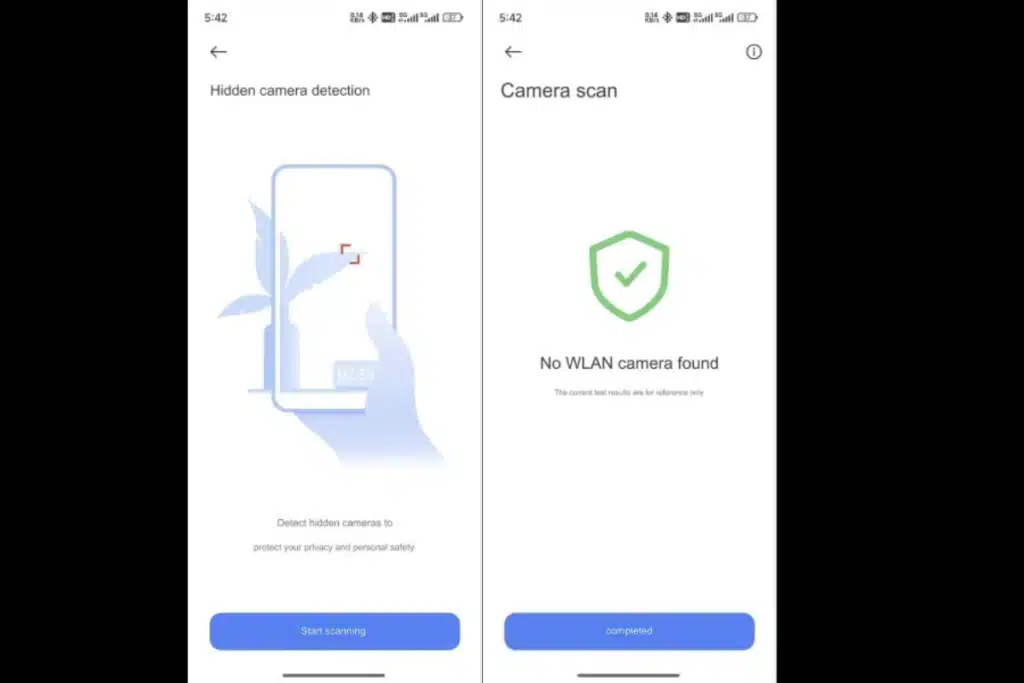
Some leaked screenshots have revealed that HyperOS 2.0 might get a redesigned Settings homepage. It could offer a card-like experience instead of the thin line-separated segments. Since Xiaomi has kept the same design for the Settings app for nearly a decade, this change would be much appreciated by Xiaomi fans.
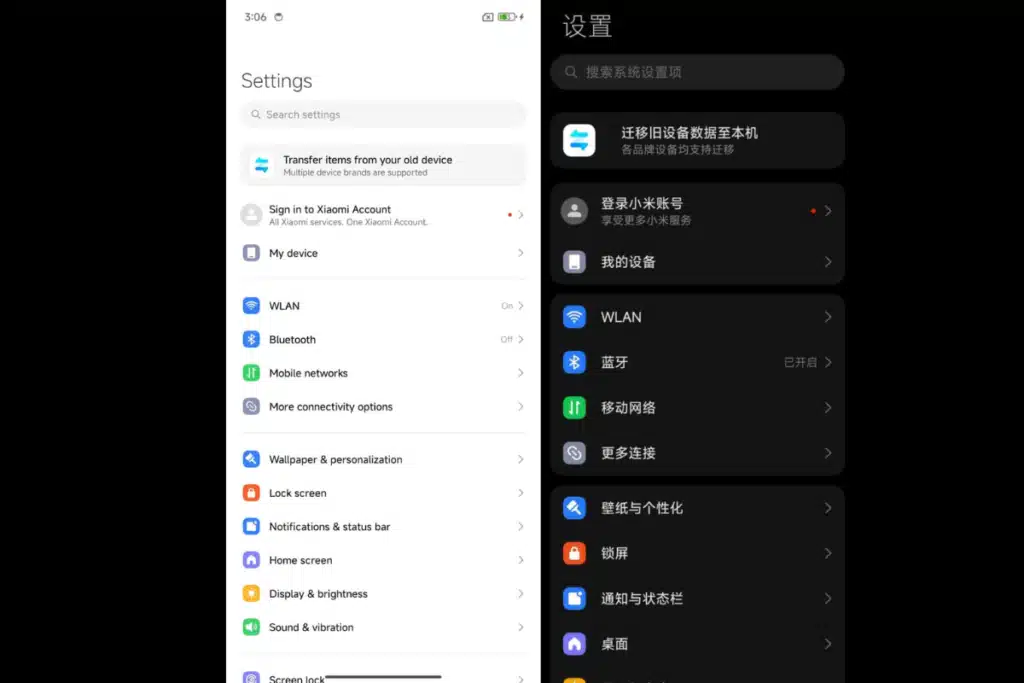
The new Settings homepage in leaked images looks modern. It will not just provide better aesthetics but also ensure smoother navigation and fluency.
HyperOS 2.0 might allow up to 16GB of virtual memory, with the default being 6GB. Of course, not all Xiaomi devices can have 16GB of virtual RAM because of limited hardware. So, it’s likely coming to high-end phones with ample storage.
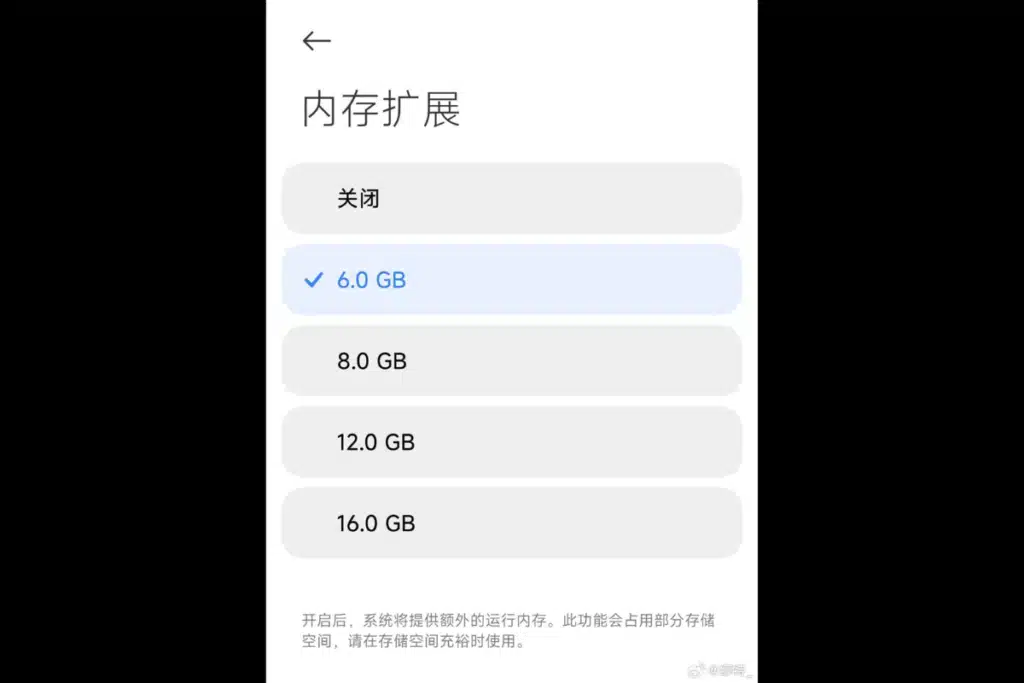
Xiaomi is also said to be working on allowing users to turn off the lock screen editor in HyperOS 2.0. For those uninitiated, the screen editor is activated when you long-press a blank space on the lock screen. Those who don’t like it will probably be able to switch it off via the Settings app in HyperOS 2.0.
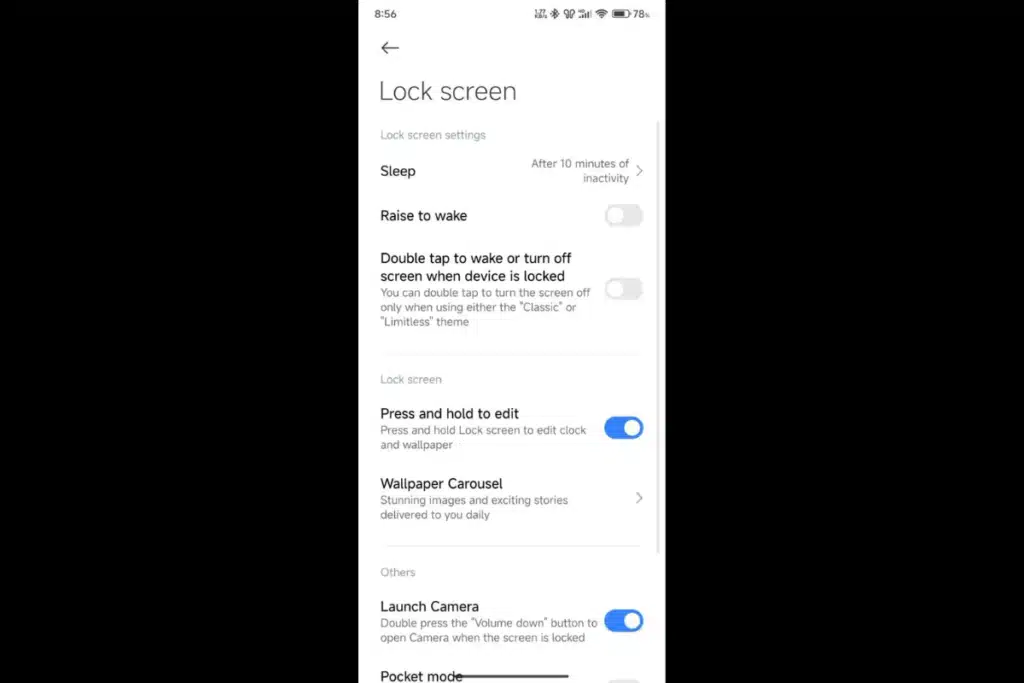
Besides these changes, the upcoming HyperOS 2.0 is also expected to have smoother animations, better performance, and privacy. You can also expect to see new AI features as every other smartphone brand is working to bring the best of AI features, and Xiaomi wouldn’t want to miss out on that.
HyperOS 2.0 release is still a few weeks away. According to a recent leak, Xiaomi might start rolling it out to eligible devices in the second week of October. As you may already know, recent flagship devices will be the first to join the party, followed by midrange and budget devices.
Which Xiaomi device do you have, and what are your expectations from HyperOS 2.0? Share your thoughts in the comments below.

